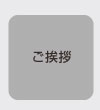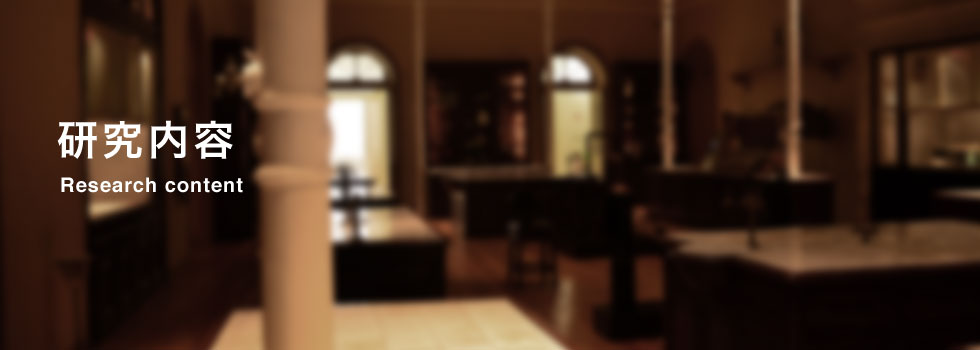12 生きた細胞内の温度分布測定 詳細
Intracellular temperature mapping with a fluorescent polymeric thermometer and fluorescence lifetime imaging microscopy
Kohki Okabe, Noriko Inada, Chie Gota, Yoshie Harada, Tkashi Funatsu, Seiichi Uchiyama
Nature. Commun., 2012, 3, 705 | doi: 10.1038/ncomms1714
■ Abstract
Cellular functions are fundamentally regulated by intracellular temperature, which influences biochemical reactions inside a cell. Despite the important contributions to biological and medical applications that it would offer, intracellular temperature mapping has not been achieved. Here we demonstrate the first intracellular temperature mapping based on a fluorescent polymeric thermometer and fluorescence lifetime imaging microscopy. The spatial and temperature resolutions of our thermometry were at the diffraction limited level (200 nm) and 0.18-0.58 degree Celsius. The intracellular temperature distribution we observed indicated that the nucleus and centrosome of a COS7 cell, both showed a significantly higher temperature than the cytoplasm and that the temperature gap between the nucleus and the cytoplasm differed depending on the cell cycle. The heat production from mitochondria was also observed as a proximal local temperature increase. These results showed that our new intracellular thermometry could determine an intrinsic relationship between the temperature and organelle function.
■ 内容
2009年にJ.Am.Chem.Soc.に公表した生細胞の温度測定をさらに進化させました.温度分布測定の障害となっていた細胞内におけるプローブの凝集を防ぐため,イオン性ユニットの導入量が制御しやすい線形ポリマーを選択し,この形状の蛍光性温度センサーを新たに開発しました.さらにプローブ濃度に依らない測定パラメーターとして蛍光寿命を選択し,開発した蛍光性温度センサーに対して蛍光寿命と温度の関係式を導きました.細胞内にマイクロインジェクションした蛍光性温度センサーの蛍光寿命を蛍光寿命イメージング顕微鏡を用いて測定し,先に得られた関係式より温度に変換することで,生きた細胞内の温度分布測定が可能になりました.COS7細胞やHeLa細胞で,核や中心体が細胞質より温かいこと,ミトコンドリア周辺で局所的な発熱が起きていることなどが明らかになっています.
■ ひとこと
Nature reject → Science reject → Nature Chemical Biology reject → Nature Communications 2 vs 0でアクセプト,という経緯を辿りました.実験できるドクターが3人もこの研究に関わっていたし,内容が内容なのでNatureは当たり前,何か良からぬ事が起きてダメだったとしてもNature姉妹誌が下限レベルだと思っていました.結局その滑り止めの一つであるNature Communicationsに落ち着いたんですが,嬉しいというよりむしろ残念な結果となりました.最初の3報はエディターのスクリーニングを通らず即リジェクトという有り様で,NatureやNature姉妹誌のエディターの目がいかに節穴かを痛感しました.
このように,初恋並みのほろ苦いNature姉妹誌デビューとなった訳ですが,ここ数年間は,この研究にエネルギーのほとんどを費やしてきたので,今後どのような反響があるのか,また,どのように研究が発展するのか,ひいては自分がどのように変わっていくのか(もしくは変わらないのか)について特に興味を持っています.技術的な事を言えば,誰もが飛びつきそうな蛍光強度のレシオ測定に見向きもせず蛍光寿命測定を取り入れた事が自分なりの見所です.あと精神的に満足しているのは,この論文,何しろ新しい内容過ぎて決まった「型」が存在しないので,エディターや審査員に好かれるような構成を意識せず,自分の思うがままの好き勝手な構成を選択して,それに沿った記載を散りばめました.ですので,先が全く予想できない読み物になっていると思っています(例えば,タイトルを見ただけでは細胞実験の結果が分からないとか・・・もちろんアブストラクトを読んじゃダメなんですけれど).そんな風にして何にも囚われずに自由気ままに書いた論文ですので,これから研究を始める学部生や,研究者の卵である修士課程の学生,今のつらい現実社会に少し疲れてきた博士課程の学生やポスドクに,「研究の面白さ」を伝えたい,それがこの論文に託した本当の目標です.この想いが一人でも多くの人に届けば本望です.








